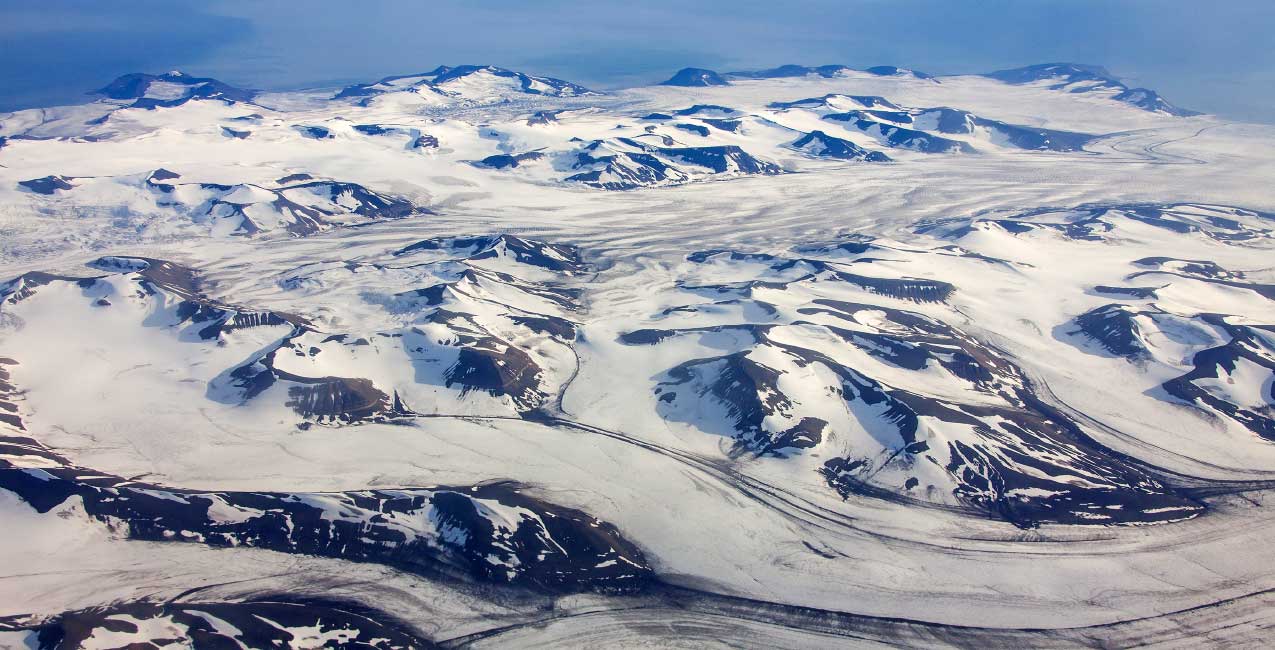- Empty cart.
- Continue Shopping
Snow or plastic particles? What is falling down from the Arctic skies?

Regarded as one of the last pristine environments on Earth by the scientists, the Arctic has at last succumbed to pollution. In a snow sample taken from Svalbard islands, a German-Swiss team of researchers has found microscopic particles of plastic, rubber particles, and fibers in the snow.
The samples were collected in a flask with a dessert spoon and sent to the laboratory of Alfred Wegener Institute in Bremerhaven. The testing report showed particles composed of natural materials like plant cellulose and animal fur and contaminants like microplastics, fragments of tyres, rubber, paint, varnish, and synthetic fibers.
Lead scientist, Dr. Melaine Bergmann was shocked by the amount of contamination found. She said most of the microplastics (size 5mm or below) in the snow comes from the air.
Other findings from snow samples taken from Germany and Switzerland showed a higher concentration of microplastics than in the Arctic.
But how is plastic pollution reaching the Arctic? Researchers believe that microplastics are carried by winds and transported to long distances through the atmosphere. The particles then end up in the snow through precipitation.
Previous researches have found microplastics in hail, rain, and snow in China, Tehran, France and Paris. Researchers are still trying to figure out the source of the microplastics and other contaminants. Most of what has been found are long-range transported pollution from Europe, Asia, and all over the world. Some of these contaminants are a threat to the living beings including marine animals.
It is saddening how plastic ends up everywhere. We have found plastic in the sea-ice, in the landfills, in the oceans, on the beaches and now in the snow.
Scientists are finding all possible explanations for the micro-plastics, rubber and fiber particles found in the snow but nothing can be said as of now. From wherever they might have ended up in the snow, the findings raise serious questions. Do we need so much plastic packaging? Can polymers in paints be replaced or reduced? Can car tyres be designed any differently?
As explained by Dr. Bergmann, these are important issues that need to be addressed.






